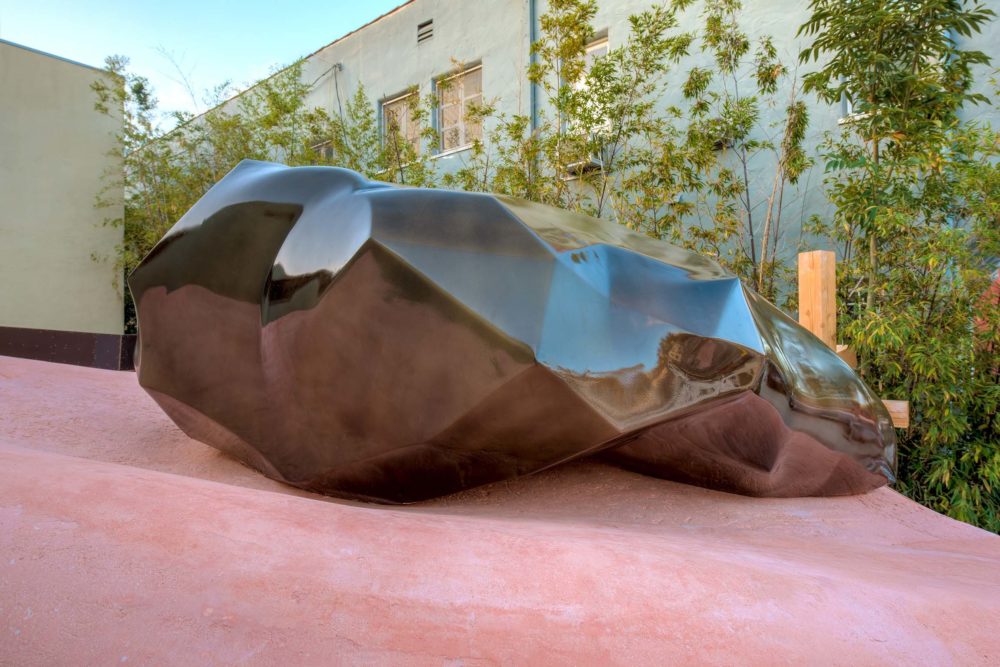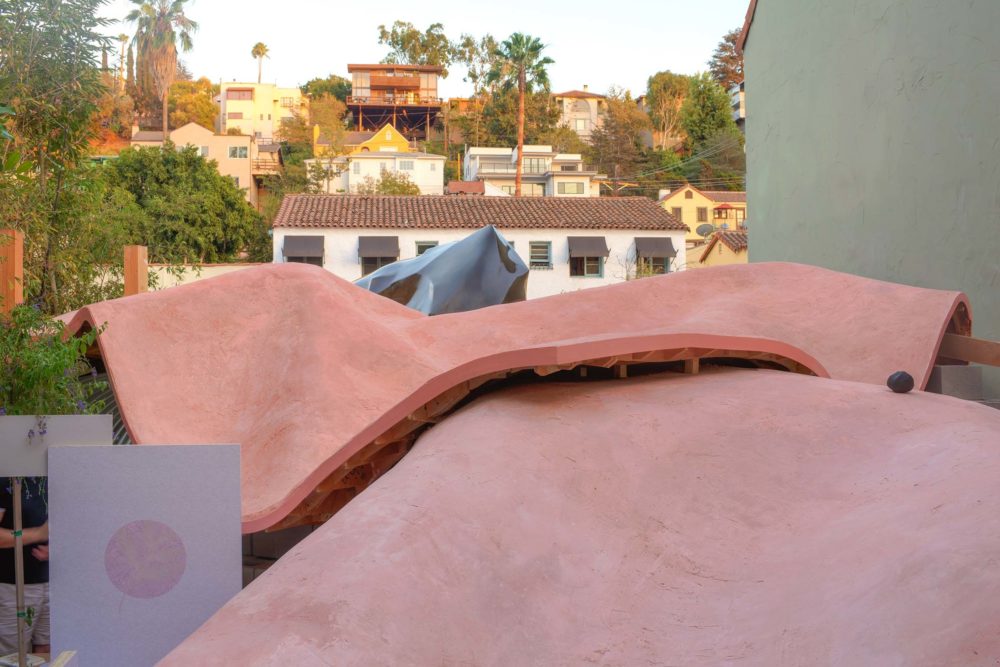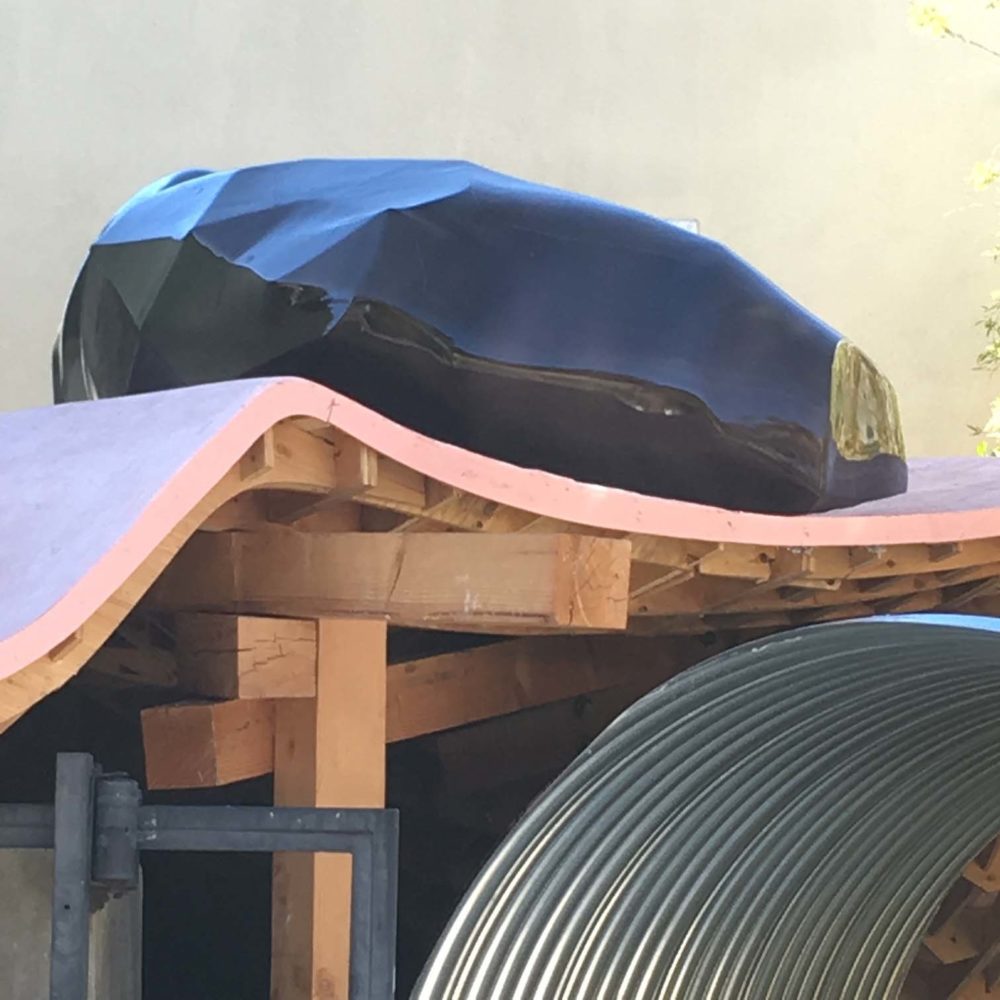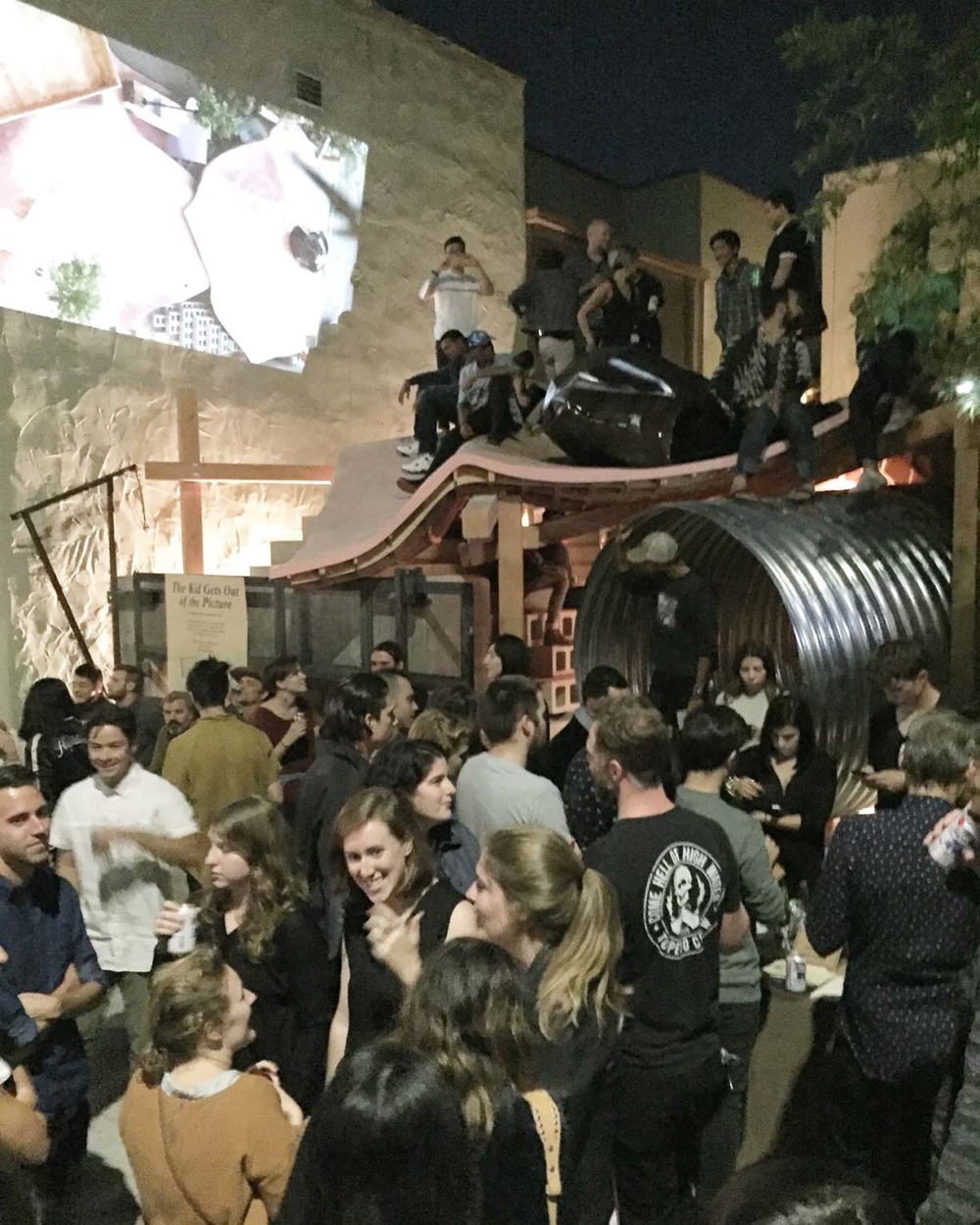Our design of a rock for a picturesque landscape begins with two impulses. The first involves decontextualizing the rock if only for the reason that an un-decontextualized rock is just a rock, eliminating any need for design. The second involves darkening the rock so that it might hide once again within the reticence of rockness. For most of us rocks are hard to know and this quality is a central feature of this object. Thus a paradox: how to work both with and against the nature of a rock at the same time…a developed and conscientious ambivalence in both method and outcome.
Jason Payne
Ida (and Dactyl) : A Darker Register of the Picturesque
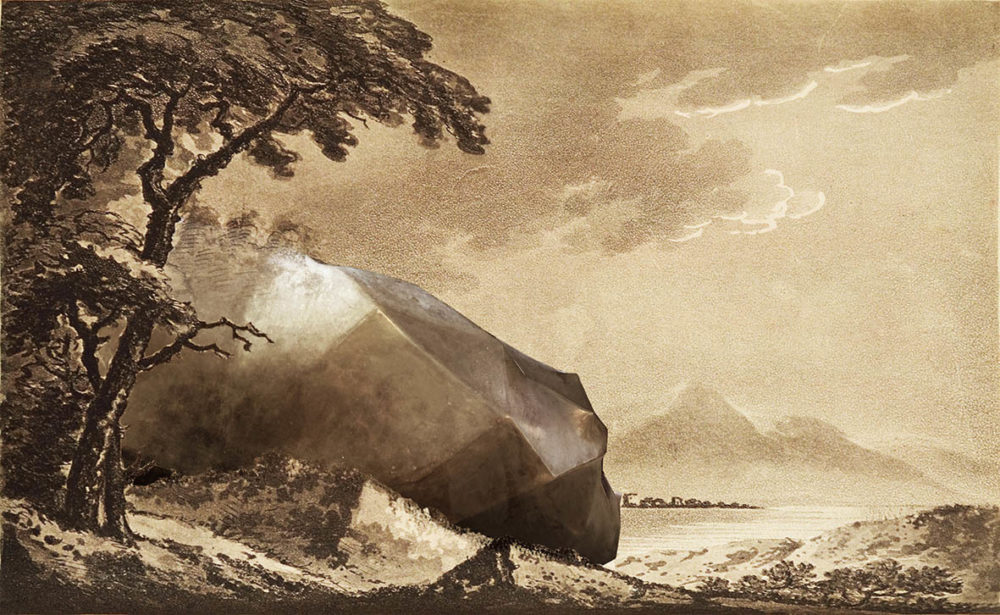
Studies for Ida in a Picturesque Landscape #1 of 13. Photomontage Hirsuta
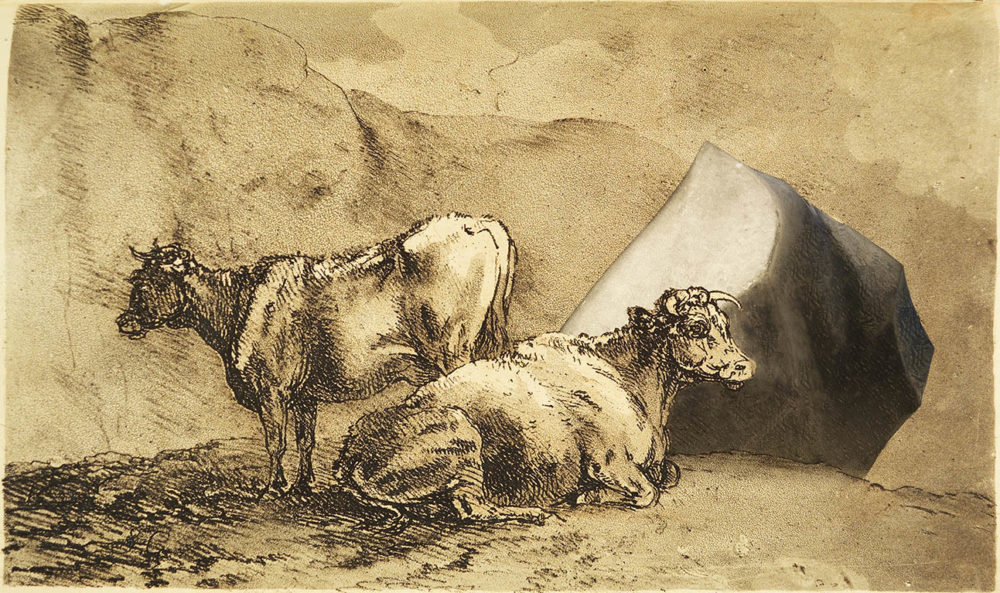
Studies for Ida in a Picturesque Landscape #11 of 13. Photomontage Hirsuta
Upon close analysis, tonality in William Gilpin’s landscape drawings may be understood in percentages of highlights, midtones, and lowlights. In this context, “darkness” might be understood as wholly contained in the lowlights and averages between 15-20% of total tonal coverage in most his drawings. It may be inferred, then, that the standard measure of darkness in a picturesque drawing or painting is in this range. We ask what would happen if dark coverage expands to a much higher percentage, toward a darker register of the picturesque. By extension, what might such darkening of any aesthetic genre imply? Imagine goth as a darkening of Gothic and some insights emerge: elimination of temporal-spatial origins, relocation of design and labor from body to surface, production of new artifacts for and methods of expression, and different emotional attachments all come together in their own new way all through darkening.
We often work with asteroids in our projects for their ease of translation to otherworldly primitives. If there were the possibility to select “Primitive: Other” in our modeling software then surely the result would always be asteroids both for their proximity to and distance from the ideal forms. Here we use an asteroid called Ida and its tiny moon Dactyl, a binary object due to its center of gravity being in space between the two. We like the story of the discovery of Dactyl, an elusive little rock behind a bigger one caught on film only by chance. For this story see J. Kelly Beatty, “Ida & Company,” Sky & Telescope magazine, January 1995, pp. 20-23. Communications difficulties with Galileo further obscure clear view of this object, leading us to imagine a certain shyness, or withdrawal. Though a bright and fast object its discovery was dark and slow. To apply a similar darkness to our version of Ida and Dactyl we use 20 different blacks, the darkest 4 tones of each of the 5 picturesque colors of beige, brown, pink, yellow, and rose.
As a study in black more generally this object has no meaningful relationship to the surrounding landscape of other objects it sits among on exhibition. At the same time its various blacks are properly picturesque and so in theory it should fit in. Perhaps Ida and Dactyl will upset the balance of darkness in the composition, pushing the work toward a darker register of the picturesque.
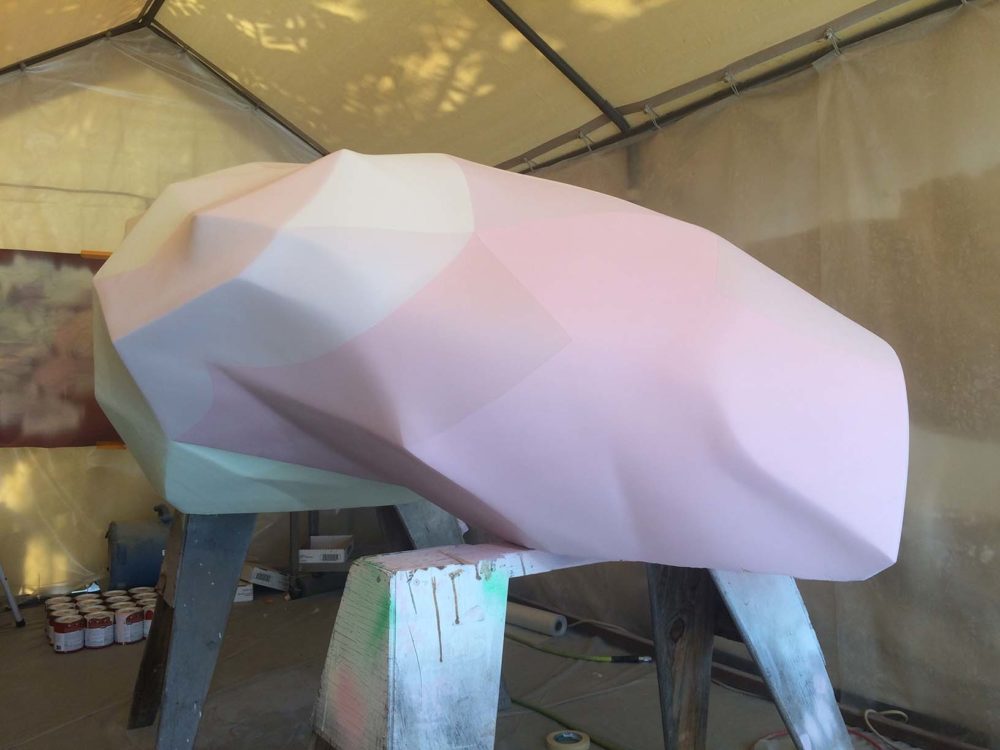
Ida painted in a picturesque color palette of the Gilpin variety.
Photo: Matthew Corbit/MXT METHOD
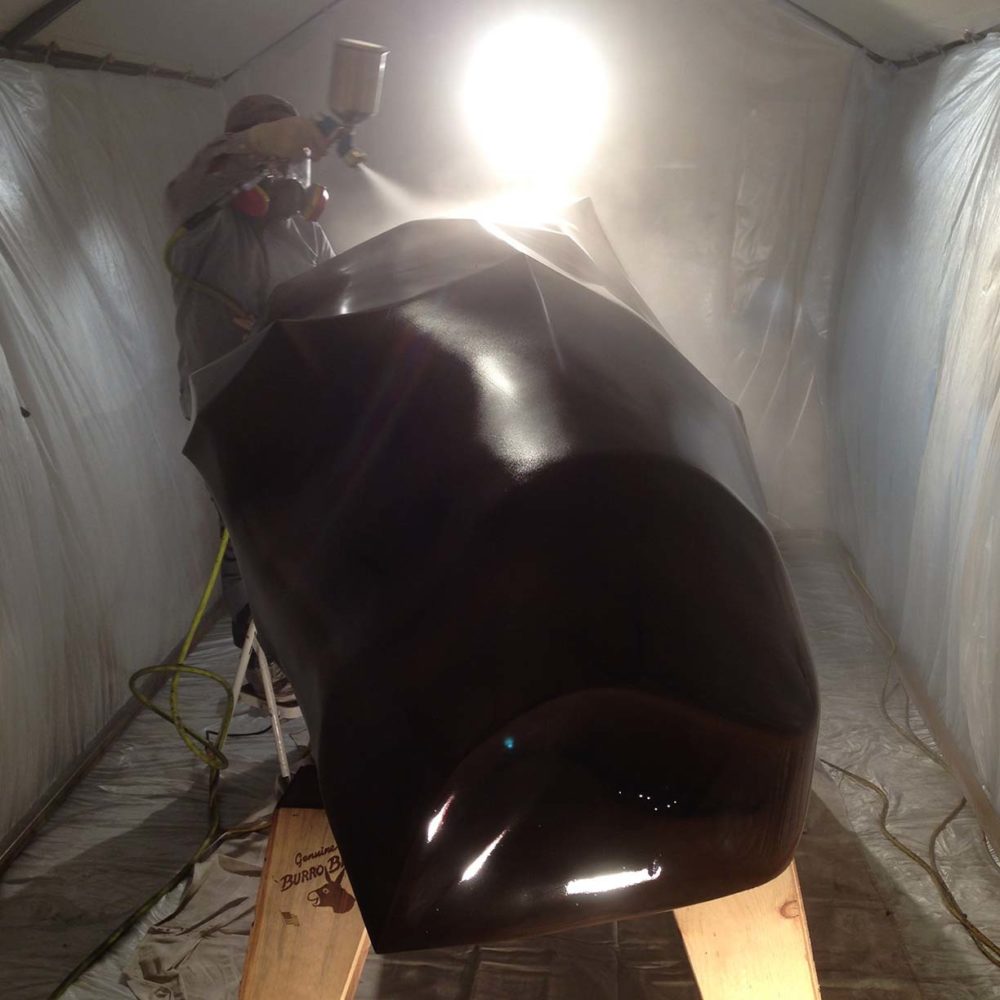
Ida coated in translucent black obscures, almost, the color underneath.
Photo: Matthew Corbit/MXT METHOD

Studies for Ida in a Picturesque Landscape, Harvard University Graduate School of Design, October 2016 - January 2017
Photo: Morgan Starkey
Design team: Hirsuta: Jason Payne, Lauren Rath, Hannah Leichty, Trenman Yau, Chuck Diep
Fabrication: Matthew Corbitt MXT-METHOD

